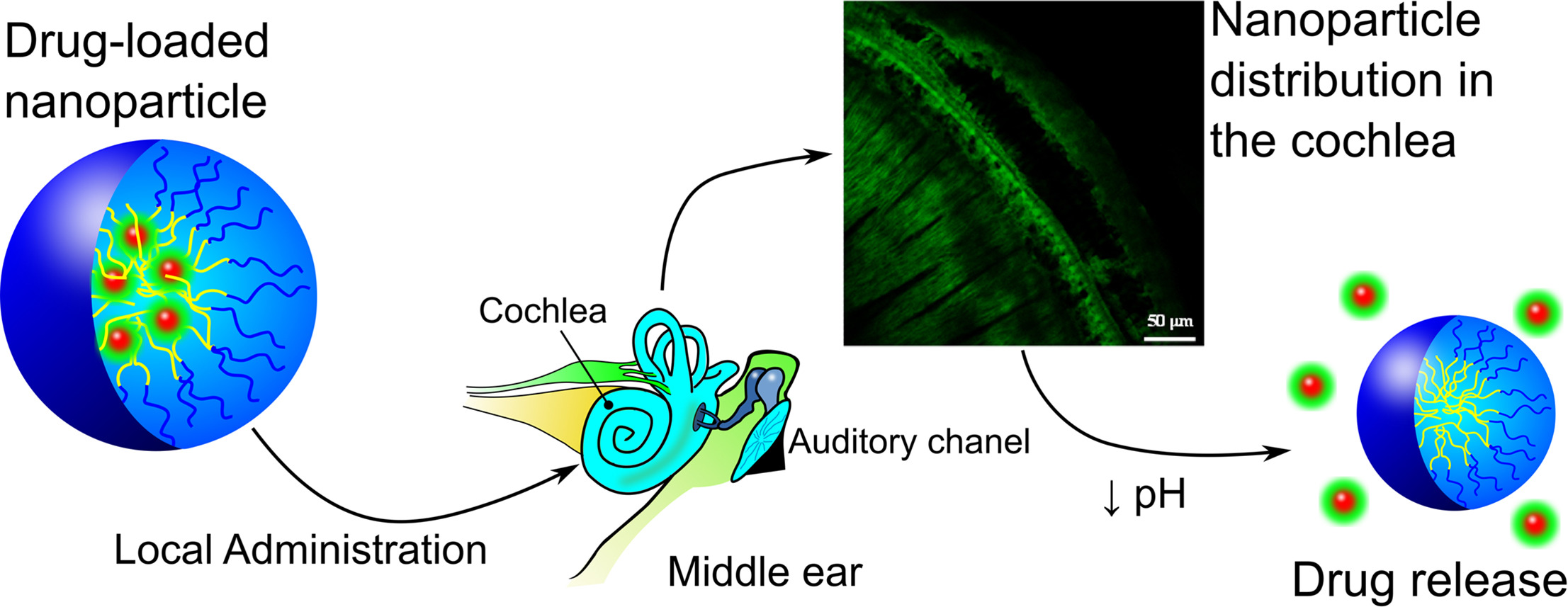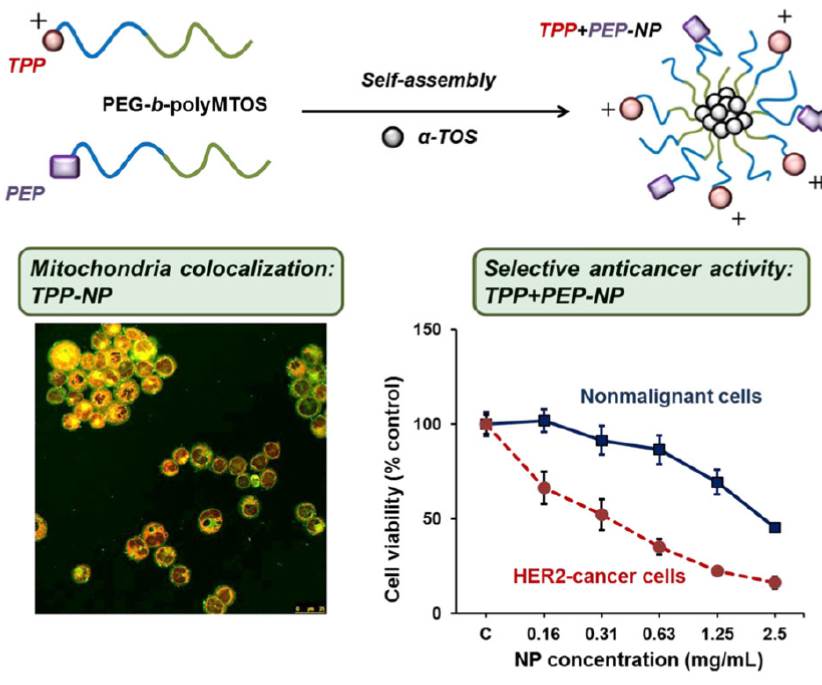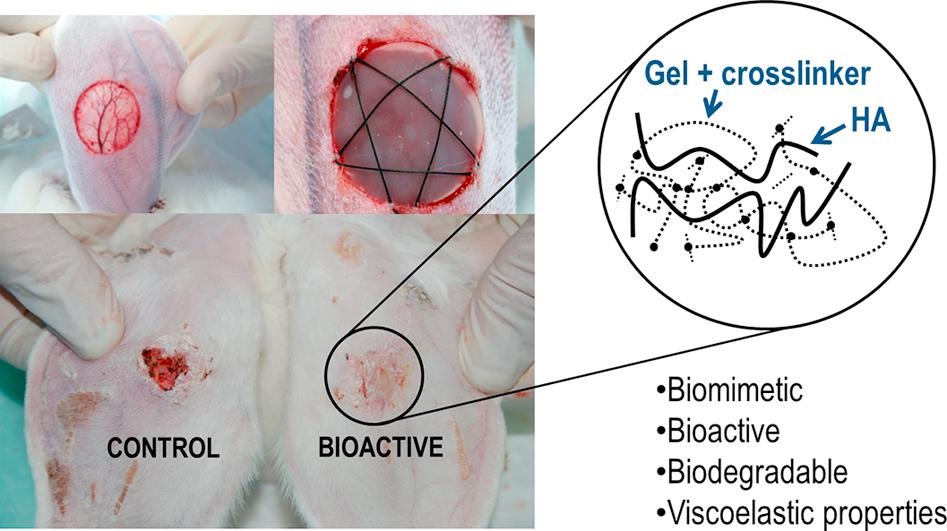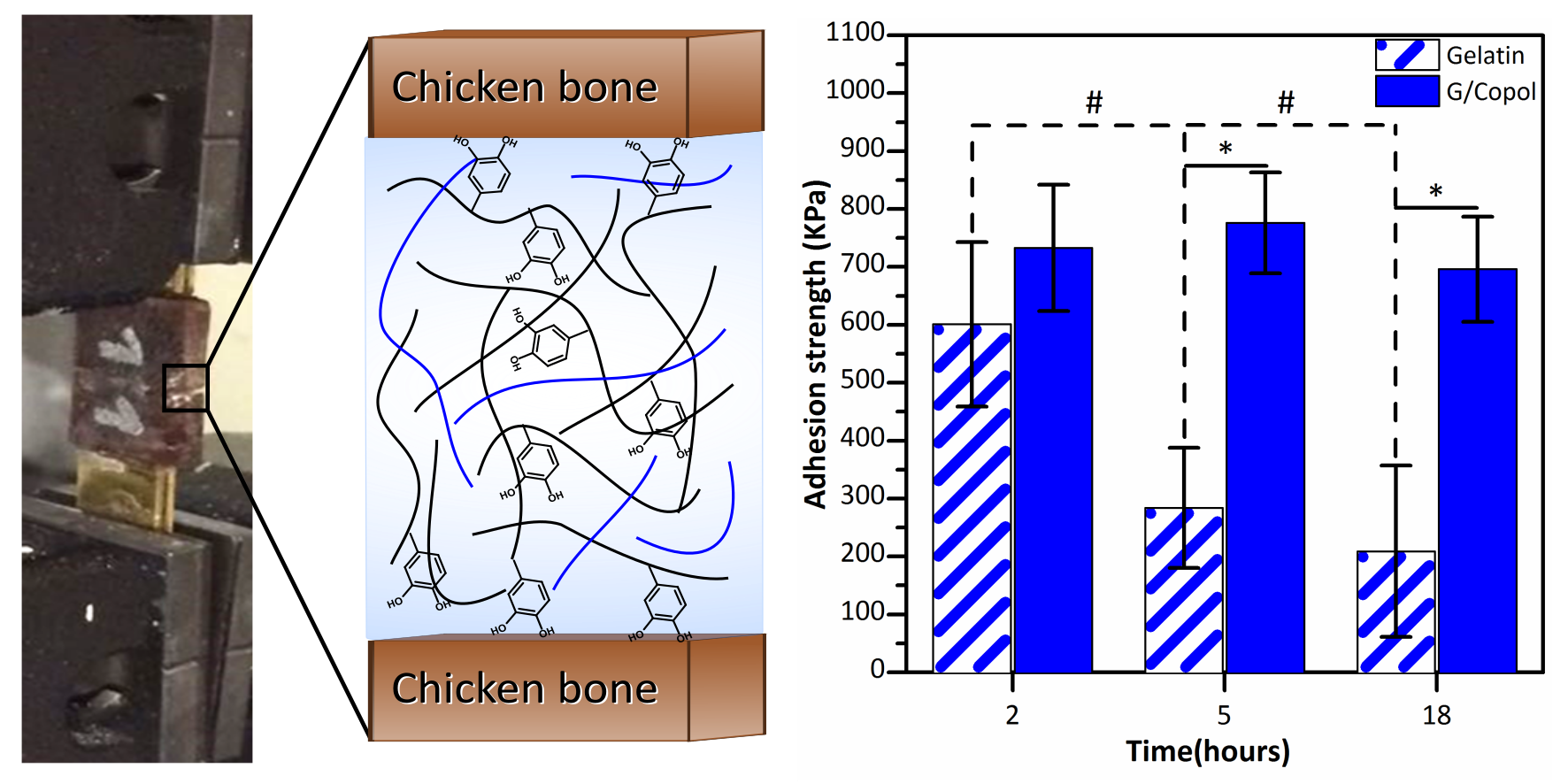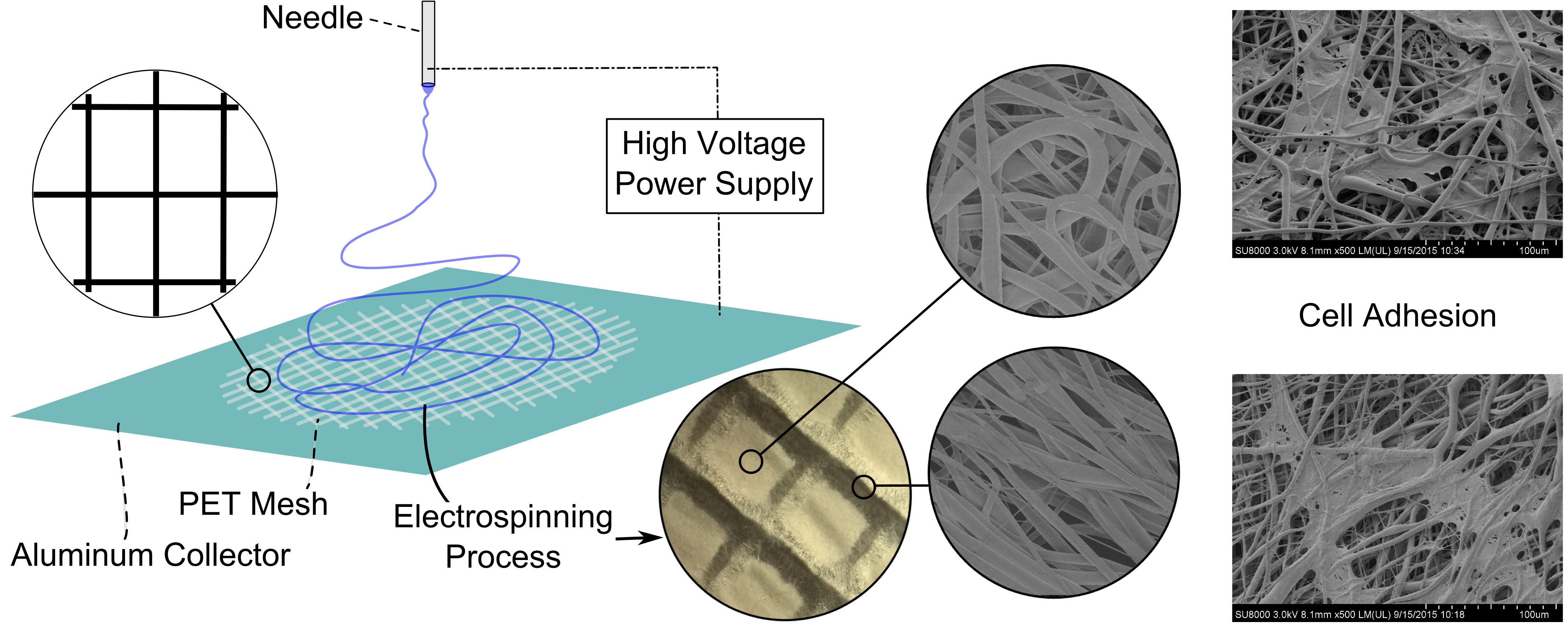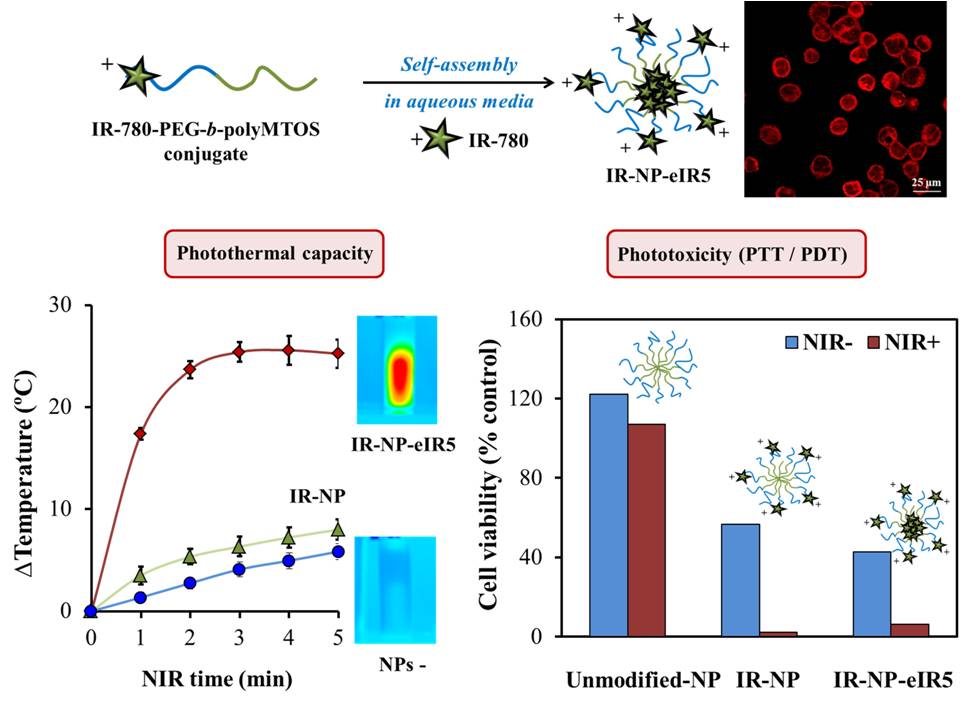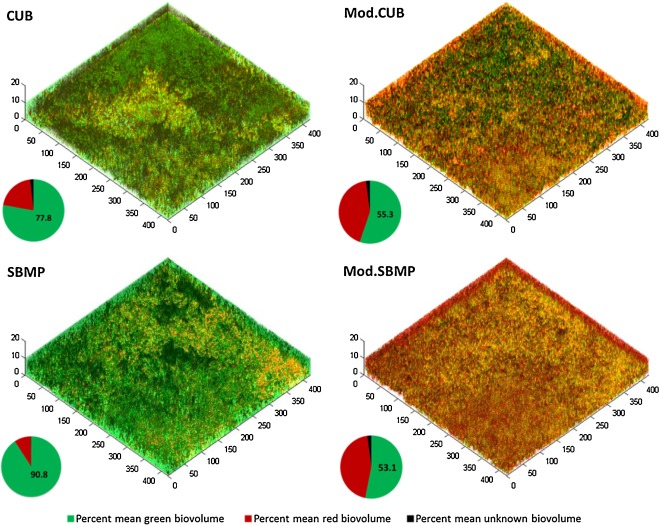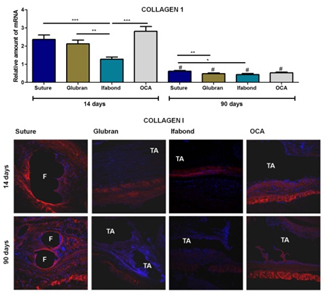Polymeric nanoparticles (NP) based on smart synthetic amphiphilic copolymers are used to transport and controlled release dexamethasone in the inner ear to protect against the ototoxic effect of cisplatin. The NP were based on a mixture of two pseudo-block polymer drugs obtained by free radical polymerization: poly(VI-co-HEI) and poly(VP-co-MVE) or poly(VP-co-MTOS), being VI 1-vinylimidazole, VP N-vinylpyrrolidone, and IBU, MVE and MTOS the methacrylic derivatives of ibuprofen, α-tocopherol and α-tocopheryl succinate, respectively. The NP were obtained by nanoprecipitation with appropriate hydrodynamic properties, and isoelectric points that matched the pH of inflamed tissue. The NP were tested both in vitro (using HEI-OC1 cells) and in vivo (using a murine model) with good results. Although the concentration of dexamethasone administered in the nanoparticles is around two orders of magnitude lower that the conventional treatment for intratympanic administration, the NP protected from the cytotoxic effect of cisplatin when the combination of the appropriate properties in terms of size, zeta potential, encapsulation efficiency and isoelectric point were achieved. To the best of our knowledge this is the first time that pH sensitive NP are used to protect from cisplatin-induced hearing loss by intratympanic administration.
Multifunctional decoration of alpha-tocopheryl succinate-based NP for cancer treatment: effect of TPP and LTVSPWY peptide
Active targeting not only of a specific cell but also a specific organelle maximizes the therapeutic activity minimizing adverse side effects in healthy tissues. The present work describes the synthesis, characterization, and in vitro biological activity of active targeting nanoparticles (NP) for cancer therapy based on α-tocopheryl succinate (α-TOS), a well-known mitocan, that selectively induces apoptosis of cancer cells and proliferating endothelial cells. Human epidermal growth factor receptor 2 (HER2) targeting peptide LTVSPWY (PEP) and triphenylphosphonium lipophilic cation (TPP) were conjugated to a previously optimized RAFT block copolymer that formed self-assembled NP of appropriate size for this application and low polydispersity by self-organized precipitation method. PEP and TPP were included in order to target not only HER2 positive cancer cells, but also the mitochondria of these cancer cells, respectively. The in vitro experiments demonstrated the faster incorporation of the active-targeting NP and the higher accumulation of TPP-bearing NP in the mitochondria of MDA-MB-453 HER2 positive cancer cells compared to non-decorated NP. Moreover, the encapsulation of additional α-TOS in the hydrophobic core of the NP was achieved with high efficiencies. The loaded NP presented higher cytotoxicity than unloaded NP but preserved their selectivity against cancer cells in a range of tested concentrations.
Contribution of bioactive hyaluronic acid and gelatin to regenerative medicine. Methodologies of gels preparation and advanced applications
The functionality and reactivity of polysaccharides, and in particular hyaluronic acid, in combination with proteins like gelatin, collagen and many others, offer very interesting opportunities for the new trends in regenerative medicine. In this review is described the relevance of gelatin (Gel) and hyaluronic acid (HA) biopolymers in the field of tissue engineering due to the excellent response of these biomimetic materials and their bioactive and biodegradable character in the human body. In addition, it is reported an overview of the most relevant crosslinking processes and agents that are being developed for regenerative medicine, including different hydrogel modifications as well as several interesting and advanced applications. The growing of clinical applications of these macromolecular components as assemblies opens new and advanced opportunities in regenerative medicine and drug delivery fields.
Free download until 16.12.2017: https://authors.elsevier.com/c/1VyP~3GBFCik9
Biocompatible and bioadhesive low molecular weight polymers containing long-arm catechol-functionalized methacrylate
Excellent adherence properties of blue mussels have been attributed to a catechol-containing amino acid, L-3,4-dihydroxyphenylalanine. This natural form of adhesion has been a source to develop bioadhesive polymers that adhere to biological interfaces. In this study, we describe a bioinspired approach for preparing bioadhesive and biocompatible materials based on synthetic low molecular weight copolymers of a flexible catechol-functionalized methacrylate (CEMA) and N-vinylcaprolactam. Copolymers with CEMA contents in the range 0.9–13.5 mol% were obtained by radical copolymerization. These systems show good biocompatibility and provide good antioxidant behavior and anti-inflammatory activity. Likewise, hydrogels prepared by mixture of a selected copolymer with gelatin possess good bone bioadhesive properties. These findings show that copolymer composition can be used as a tool for the preparation of biomedical systems with tunable properties and great potential for the development of drug delivery systems and bioactive gels that can be applied in tissue regeneration processes.
Free download until 29.12.2017: https://authors.elsevier.com/a/1W19k3GBFCkqt
Micro-structured 3D-electrospun scaffolds of biodegradable block copolymers for soft tissue regeneration
The present article describes the application of a poly(ethylene terephthalate) mesh as template for the preparation of micro-structured fibres mat by electrospinning of biodegradable triblock copolymers based on polylactic acid and poly(butylene succinate/azelate) random copolymer. These copolymers present and excellent controlled biodegradation process in physiological conditions, with interesting applications in targeting and controlled release of different drugs.
After the application of the poly(ethylene terephthalate) mesh in the electrospinning process, the detachment of the template provides a specific oriented microfibres mat, that affect to the adhesion and proliferation of cell seeded on the networks. In addition, the microfibres mats were loaded with dexamethasone as anti-inflammatory drug. The release of the drug takes place in a controlled relative short period due to the formation of drug crystals on the surface of the fibres during the electrospinning process. This issue can be restrained by acting on the triblock copolymer composition, improving the drug-polymer compatibility. Copolymerization also allows the modulation of the biodegradation rate. The biodegradable scaffolds under investigation can be therefore considered very promising for regenerative medicine and soft tissue engineering.
Photothermal and photodynamic activity of polymeric nanoparticles based on α-tocopheryl succinate-RAFT block copolymers conjugated to IR-780
The aim of this work was the generation of a multifunctional nanopolymeric system that incorporates IR- 780 dye, a near-infrared (NIR) imaging probe that exhibits photothermal and photodynamic properties; and a derivate of α-tocopheryl succinate (α-TOS), a mitochondria-targeted anticancer compound. IR-780 was conjugated to the hydrophilic segment of copolymer PEG-b-polyMTOS, based on poly(ethylene glycol) (PEG) and a methacrylic derivative of α-TOS (MTOS), to generate IR-NP, selfassembled nanoparticles (NPs) in aqueous media which exhibit a hydrophilic shell and a hydrophobic core. During assembly, the hydrophobic core of IR-NP could encapsulate additional IR-780 to generate derived subspecies carrying different amount of probe (IR-NP-eIR).
Evaluation of photo-inducible properties of IR-NP and IR-NP-eIR were thoroughly assessed in vitro. Developed nanotheranostic particles showed distinct fluorescence and photothermal behavior after excitation by a laser light emitting at 808 nm. Treatment of MDA-MB-453 cells with IR-NP or IR-NP-eIR resulted in an efficient internalization of the IR-780 dye, while subsequent NIR-laser irradiation led to a severe decrease in cell viability. Photocytoxicity conducted by IR-NP, which could not be attributed to the generation of lethal hyperthermia, responded to an increase in the levels of intracellular reactive oxygen species (ROS). Therefore, the fluorescence imaging and inducible phototoxicity capabilities of NPs derived from IR-780-PEG-bpolyMTOS copolymer confer high value to these nanotheranostics tools in clinical cancer research.
Evaluation of dental adhesive systems incorporating an antibacterial monomer eugenyl methacrylate (EgMA) for endodontic restorations
The purpose of this study was to incorporate EgMA, an antibacterial monomer into two commercial dental adhesive systems for their application in endodontic restoration with the aim to disinfect the root canal space before curing and to inhibit bacterial growth on their surfaces after being cured.
Polymeric nanoparticles loaded with dexamethasone or α-tocopheryl succinate to prevent cisplatin-induced ototoxicity
The aim of this work is the development of highly protective agents to be administered locally within the middle ear to avoid cisplatin-induced ototoxicity, which affects to 100% of the clinical patients at ultrahigh concentrations (16 mg/kg). The protective agents are based on polymeric nanoparticles loaded with dexamethasone or α-tocopheryl succinate as anti-inflammarory and anti-apoptotic molecules.
Dexamethasone and α-tocopheryl succinate are poorly soluble in water and present severe side effects when systemic administered during long periods of time. Their incorporation in the hydrophobic core of nanoparticles with the appropriate hydrodynamic properties provides the desired effects in vitro (lower cisplatin-induced toxicity, decreasing of caspase 3/7 activity, and lower IL-1b release) and in vivo (reducing the hearing loss at the local level). The local administration of the nanoparticles by bullostomy provides an adequate dose of drug without systemic interference with the chemotherapeutic effect of cisplatin.
Host tissue response by the expression of collagen to cyanoacrylate adhesives used in implant fixation for abdominal hernia repair
The less traumatic use of surgical adhesives rather than sutures for mesh fixation in hernia repair has started to gain popularity because they induce less host tissue damage and provoke less postoperative pain. This study examines the host tissue response to a new cyanoacrylate (CA) adhesive (n-octyl, OCA). Partial defects (3 × 5 cm) created in the rabbit anterior abdominal wall were repaired by mesh fixation using OCA, Glubran2®(n-butyl-CA), Ifabond®(n-hexyl-CA) or sutures. Samples were obtained at 14/90 days for morphology, collagens qRT-PCR/immunofluorescence and biomechanical studies. All meshes were successfully fixed. Seroma was detected mainly in the Glubran group at 14 days. Meshes fixed using all methods showed good host tissue incorporation. No signs of degradation of any of the adhesives were observed. At 14 days, collagen 1 and 3 mRNA expression levels were greater in the suture and OCA groups, and lower in Ifabond, with levels varying significantly in the latter group with respect to the others. By 90 days, expression levels had fallen in all groups, except for collagen 3 mRNA in Ifabond. Collagen I and III protein expression was marked in the suture and OCA groups at 90 days, but lower in Ifabond at both time points. Tensile strengths were similar across groups. Our findings indicate the similar behavior of the adhesives to sutures in terms of good tissue incorporation of the meshes and optimal repair zone strength. The lower seroma rate and similar collagenization to controls induced by OCA suggests its improved behavior over the other two glues.
Pascual, G., Rodríguez, M., Pérez-Köhler, B. et al. J Mater Sci: Mater Med (2017) 28: 58. doi:10.1007/s10856-017-5869-8
Bioassay of cyanoacrylate tissue adhesives used for intraperitoneal mesh fixation
This study examines the intraperitoneal behavior of two cyanoacrylate tissue adhesives: Ifabond® and a new, non-marketed octyl cyanoacrylate adhesive (OCA) used for the intraperitoneal fixation of a laminar expanded polytetrafluoroethylene (ePTFE) mesh.
Bellón JM, Fernández-Gutiérrez M, Rodríguez M, Sotomayor S, Pérez-Köhler B, Kuhnhardt A, Pascual G, San Román J. 2017. Bioassay of cyanoacrylate tissue adhesives used for intraperitoneal mesh fixation. J Biomed Mater Res Part B 2017:105B:312–319

